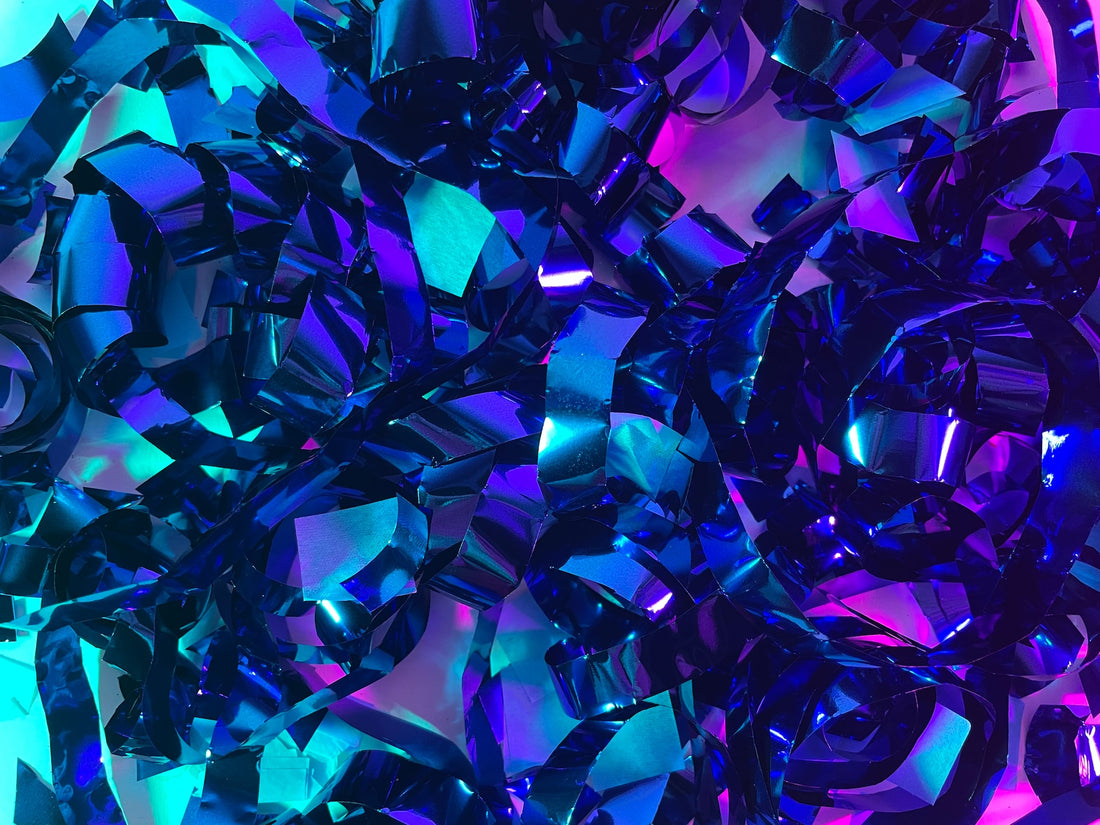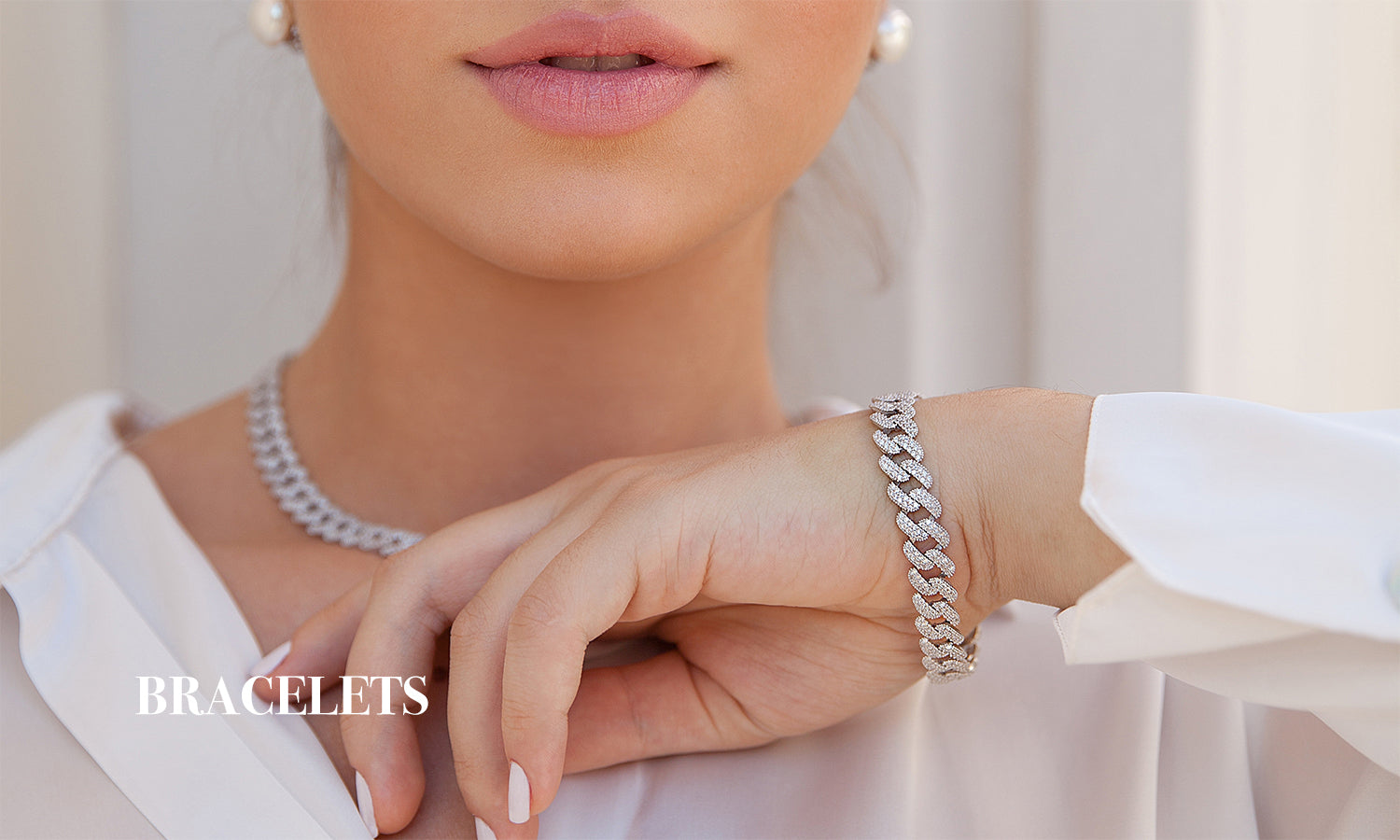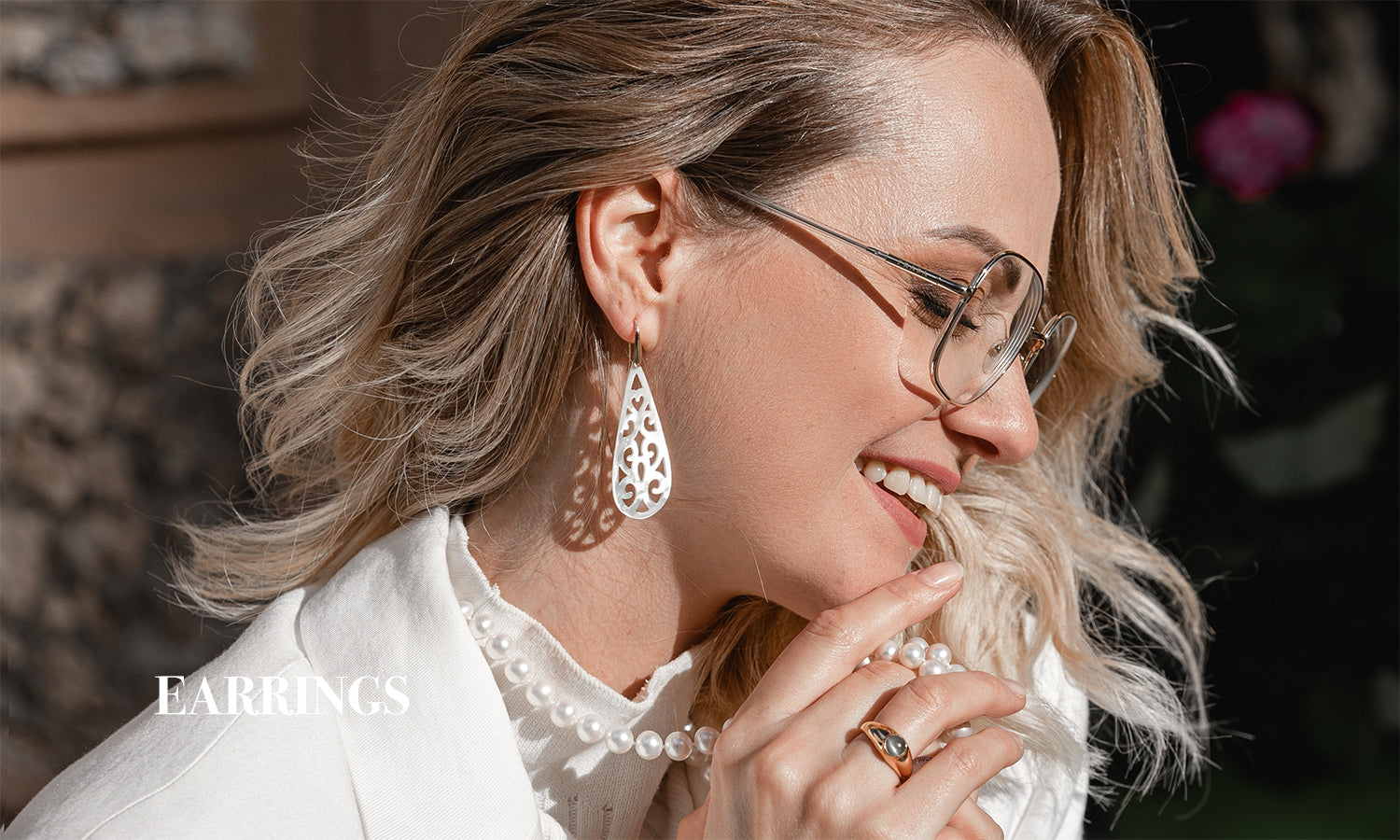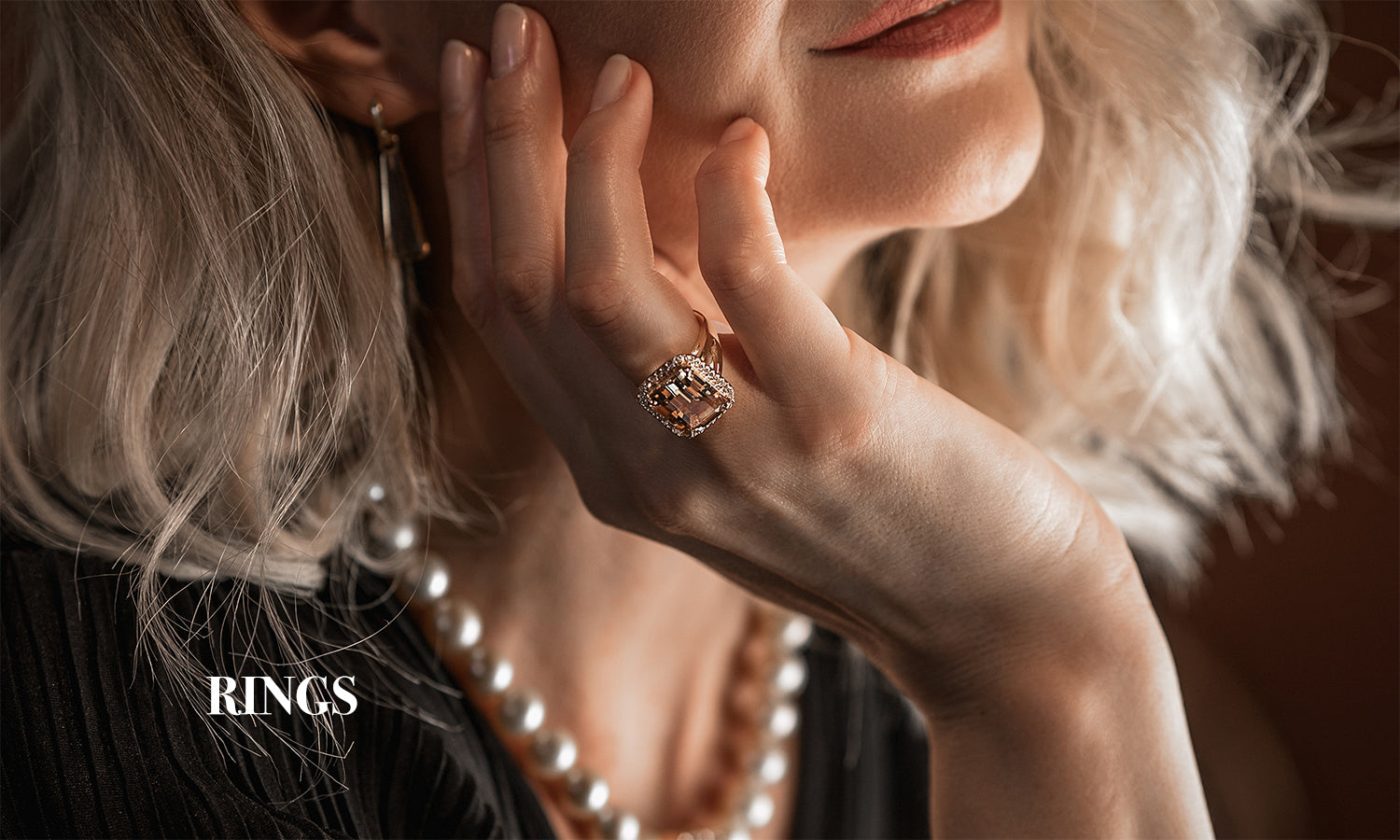
Gemstone Care and Cleaning Guide
Share
We love gems so much for their beauty and longevity when proper care is taken. With frequent cleaning and conscientious use, your gemstone jewelry can last for decades or even generations. Follow Plandrful's gemstone care guide, it's simple, easy and will allow you to keep your jewelry pieces sparkling for many years to come.

Basic gemstone jewelry cleaning
Step 1
Use a soft microfiber cloth to periodically wipe dirt and dust off your gemstone jewelry.
Step 2
For more thorough cleaning, you can use a non-abrasive jewelry cleaner. Alternatively, you can use a homemade jewelry cleaner prepared with warm water mixed with a few drops of mild soap.
Step 3
To clean the gemstones, dip the jewelry into the cleaning solution and gently scrub it with a soft brush. A toothbrush with extra soft bristles is a good choice.
Step 4
Dip the jewelry back into the solution, rinse it with warm water and dry it with a microfiber cloth.
Silver and/or gold jewelry that has other stones set in it
In this case, you should clean the surface of the jewelry with a cloth soaked in a mixture of mild soap and warm water (stain removers and detergents are not recommended.) You should rinse your jewelry using warm water, but without submerging it, using another cloth, which should be soft.
Some stones need special treatment as they may react to hot or warm water. For example, lapis lazuli should be cleaned with a mixture of cold water and mild soap. Emeralds, opals, and turquoises should also be cleaned with cold water. Jade stones should be cleaned only with a damp cloth.
Before storing any of these jewels, make sure they are completely dry.
Jewelry made only of silver
For silver jewelry pieces (silver only) you can use a solution of a few tablespoons of lemon juice with a tablespoon of salt, stirring well. The piece should be incorporated, moving it into the solution, and you will be able to observe the change quickly. Remember to rinse the piece and dry it very well.
Tarnish on silver jewelry is a product of oxidation, caused by the interaction of silver jewelry with certain elements such as oxygen or sulfur as well as certain acids. Prolonged storage causes silver jewelry to tarnish. Contact with rubber bands can also cause a tarnish (the sulfur in rubber is a catalyst for tarnish).
Taking any medication that changes the pH of your skin can cause silver jewelry to tarnish.

How to avoid tarnishing silver jewelry?
Here are some helpful tips:
- Keep silver in a cool, dry place that is preferably airtight, to prevent oxidation.
- Do not expose the garment to corrosive agents such as chlorine, grease, sweat, perfume, alkaline agents, or salinity for long periods of time.
- Avoid direct exposure to artificial light or sunlight for long periods of time.
- Do not store directly on wood, which often contains acids that can affect the surface of the silver.
- Do not stack jewelry in a drawer. Some pieces may scratch others. Instead, wrap each piece individually in a cloth and keep them separate.
- Store each item individually, in its own bag, or in a separate compartment of your jewelry box.
- Clean jewelry relatively frequently to maintain its luster and beauty. Do not use toothpaste as it is abrasive. Jewelry can be easily washed by soaking for ten minutes in warm soapy water (do not use a detergent soap). It can be cleaned with a small brush to eliminate dirt. Finally, dry the garment very well, on an absorbent cloth with a warm hair dryer.
Other considerations:
Remember that gems of organic or porous origin (opal, pearl, turquoise, coral, mother of pearl, emerald, ivory), are porous and because of their composition or fragility require to be treated with more "pampering" when worn. They are all susceptible to damage either by chemicals, such as cosmetics or by shocks or simple dirt.
If any of your jewelry is set with one of these stones, do not hesitate to remove it if you are going to perform any of the above-mentioned tasks. Especially for the use of cosmetics, it is recommended that the jewelry be the last thing you wear, perfume, lacquers, and make-up (even moisturizing cream) finish with the shine of these stones, in the case of pearls in an irreversible way.
Precious stones, sapphires, rubies, and diamonds scratch everything, especially each other. It is well known that a diamond is ranked 10th on the hardness scale, however, it is less well known that it is 168,000 times harder than the stone ranked 9th, ruby, so we must be careful when wearing more than one ring with stones. If you find that a stone from one ring touches another, it is better to change one of the rings to another finger that has the same size.
In the case of gold rings, especially yellow gold ones, they deform from below if you change your finger, since gold is a soft metal. If you have broken a thermometer, stay away from it, because mercury, apart from being extremely harmful to your health, will adhere strongly to your jewelry.

Care and cleaning of pearls
Pearls have a delicate luster that requires a little more exhaustive care, but the perpetual beauty of a well-preserved pearl is worth it. The most important tip when wearing pearls is to put them on last, after applying perfume, hairspray, and makeup. Keep your pearls gleaming by gently wiping them with a soft cloth when you remove them.
For deeper cleaning, use a soft, damp cloth dipped in a soapy water solution. Try not to completely submerge a pearl necklace in the solution to protect the threads and avoid excess moisture in the holes.
After cleaning, check that your pearl jewelry is completely dry before storing it. Store your pearl necklaces in a soft cloth bag to prevent the strands from stretching. Other types of pearl jewelry can be kept in a jewelry box with felt inside to protect them from scratches.
For more information: Tips For Cleaning Pearls
Don't forget to visit the Planderful website.




